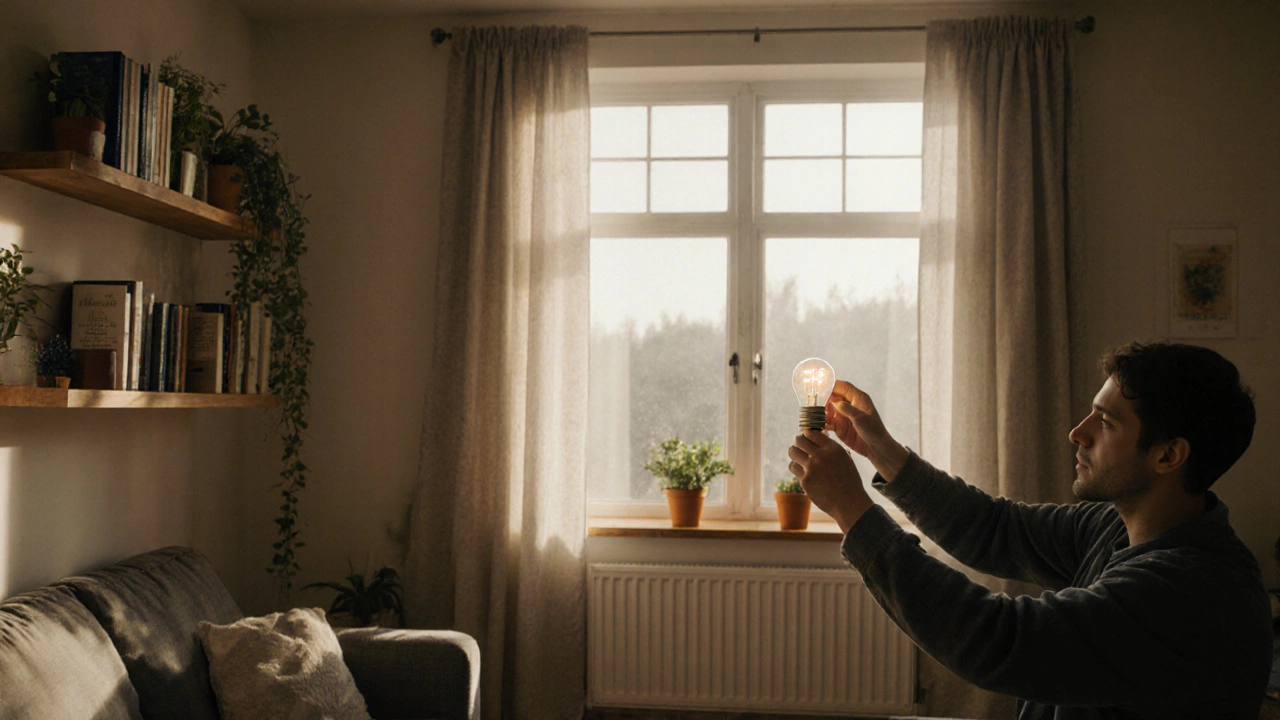Non-Toxic Materials: Safe Choices for Home, Health, and Daily Life
When we talk about non-toxic materials, substances that don’t release harmful chemicals into your body or environment. Also known as safe, low-chemical, or non-hazardous materials, they’re not just a trend—they’re a basic need for healthy living. Think about what you touch every day: your coffee mug, your clothes, your food containers, even the paint on your walls. If these items contain plastics with BPA, synthetic dyes, flame retardants, or heavy metals, you’re being exposed to toxins without even knowing it.
Non-toxic materials are used in everything from kitchenware to furniture to personal care products. Safe alternatives include glass, stainless steel, ceramic, organic cotton, and natural wood finishes. These don’t off-gas, don’t leach chemicals, and don’t break down into microplastics. For example, a meal prep container made from food-grade silicone is far safer than one made from cheap plastic—even if it looks identical. The same goes for clothing: synthetic fabrics like polyester release microplastics and often carry chemical residues from dyeing. Organic cotton or linen? That’s a non-toxic choice. And it’s not just about what you buy. It’s about what you avoid. Many conventional cleaning products, air fresheners, and even baby toys contain phthalates, formaldehyde, or parabens—chemicals linked to hormone disruption and long-term health issues. You don’t need to be a scientist to spot them. Look for labels that say "phthalate-free," "VOC-free," or "certified organic."
Non-toxic materials also connect directly to how you eat and store food. Safe food storage isn’t just about keeping meals fresh—it’s about preventing chemicals from migrating into your food. That’s why many people switching to meal prep now choose glass containers over plastic. It’s why minimalist fashion lovers avoid synthetic dyes and opt for naturally dyed fabrics. It’s why gardeners care about soil health—because toxic pesticides don’t just kill bugs, they poison the ground, the water, and eventually, your plate. This isn’t about perfection. It’s about progress. You don’t have to replace everything overnight. Start with one thing: swap your plastic water bottle for stainless steel. Choose a wooden cutting board over plastic. Pick an organic cotton T-shirt. These small shifts add up.
What you’ll find below are real, practical guides from people who’ve made these changes—not because they’re activists, but because they wanted to feel better, live cleaner, and protect their families. From how to pick safe home décor to understanding what’s really in your workout gear, these posts cut through the noise. No fluff. No marketing. Just clear, actionable info on what non-toxic materials mean in your everyday life—and how to use them without stress or overspending.
